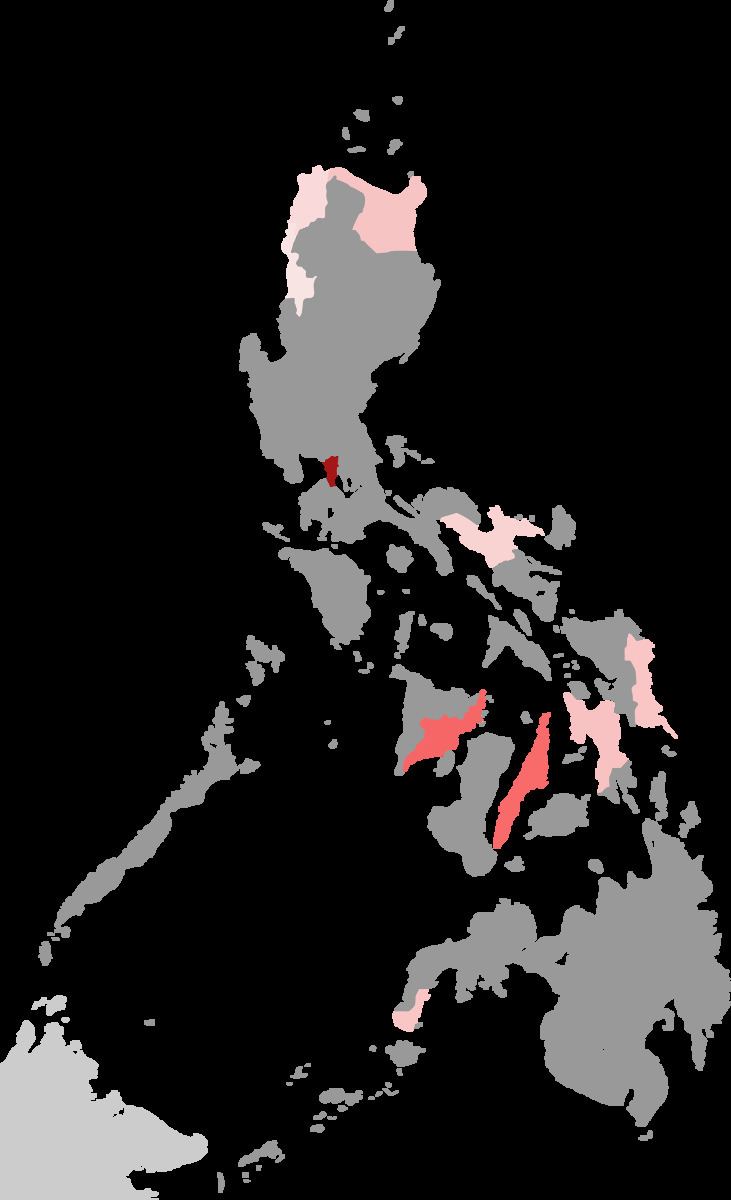Ethnicity Chinese Filipino | ||
 | ||
Native speakers (more than 100,000 cited 1945 - present) Language family Hokkien mixed languageHokaglish Writing system not applicable, oral contact language | ||
Hokaglish, also known by locals as Sa-lam-tsam oe (mixed language), is an oral contact language primarily resulting among three languages: (1) Hokkien, (2) Tagalog, and (3) English (Other languages that have relative influence include Cantonese, Spanish and other local peripheral languages). Typically used by Filipino-Chinese or Chinese Filipinos, Hokaglish is used in quite a number of domains including corporations, academic institutions, restaurants, religious institutions, phone calls, and houses. Some note that this is a result of having to maintain command of all three languages in the spheres of home, school, and greater Philippine society. Although used by Chinese Filipinos in general, this form of code switching is very popular with the younger generation (Tsinoys).
Although the phenomenon itself has been in the Philippine language ecology for centuries, Hokaglish has just been recently studied by Wilkinson Gonzales of the National University of Singapore in his presentation in the 26th Annual Meeting of the Southeast Asian Linguistic Society in Manila, Philippines as well as a recent presentation in the National University of Singapore.
The most recent observation of Hokaglish is that the contact language is gradually becoming a normative language of its own due to peculiarities from the phonological to the syntactic and even pragmatic level. Earlier thought to be a creole, it may actually be a mixed language similar to Light Warlpiri or Gurindji Kriol. It is also considered a hybrid English or X-English, making it one of the Philippine Englishes.
Grammar
As of 2016, Gonzales has studied (some loosely) the following grammatical features:
1. Tag questions
2. Intensifiers
3. Phonology and its Philippinisms
4. Syntax (idiosyncratic word order)
5. Disjuncts
6. Discourse particles
7. Plural markers
8. Demonstrative pronouns
9. Modal auxiliaries
10. Morphology
